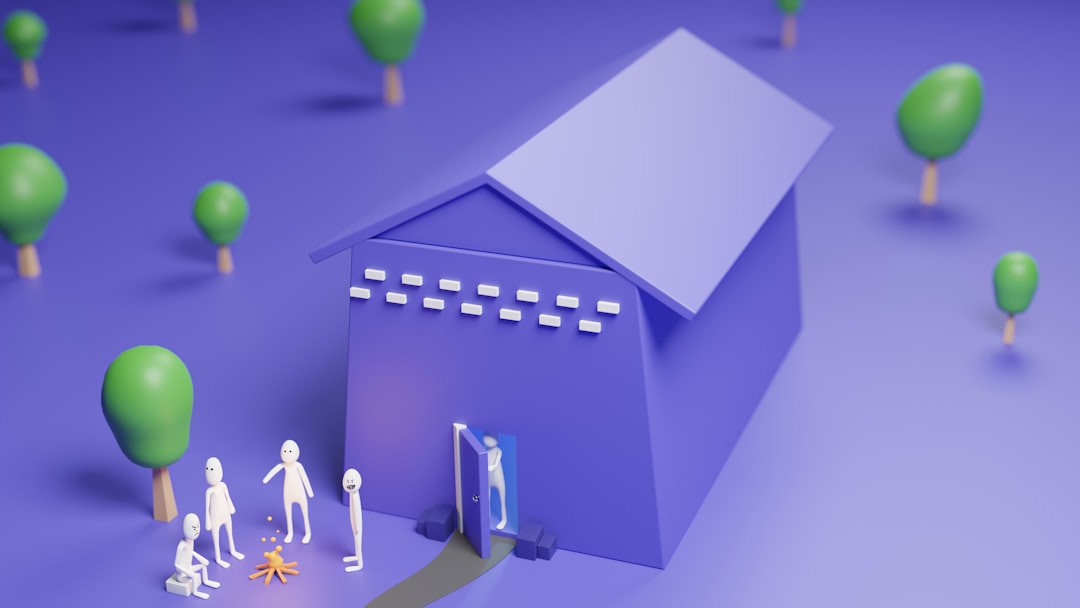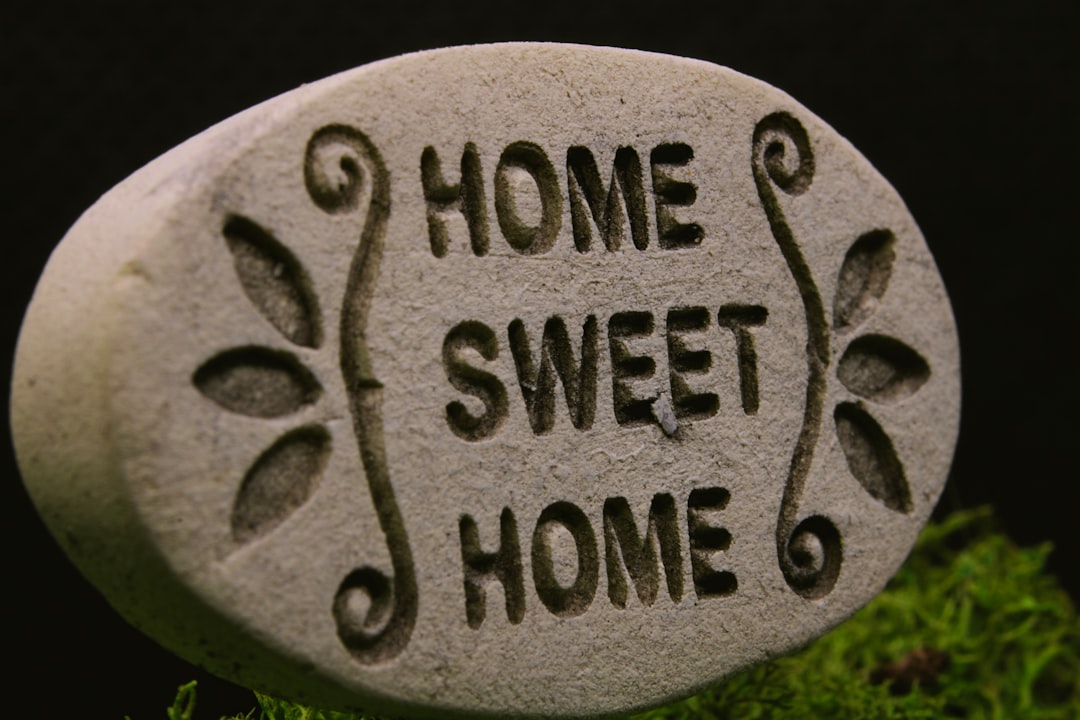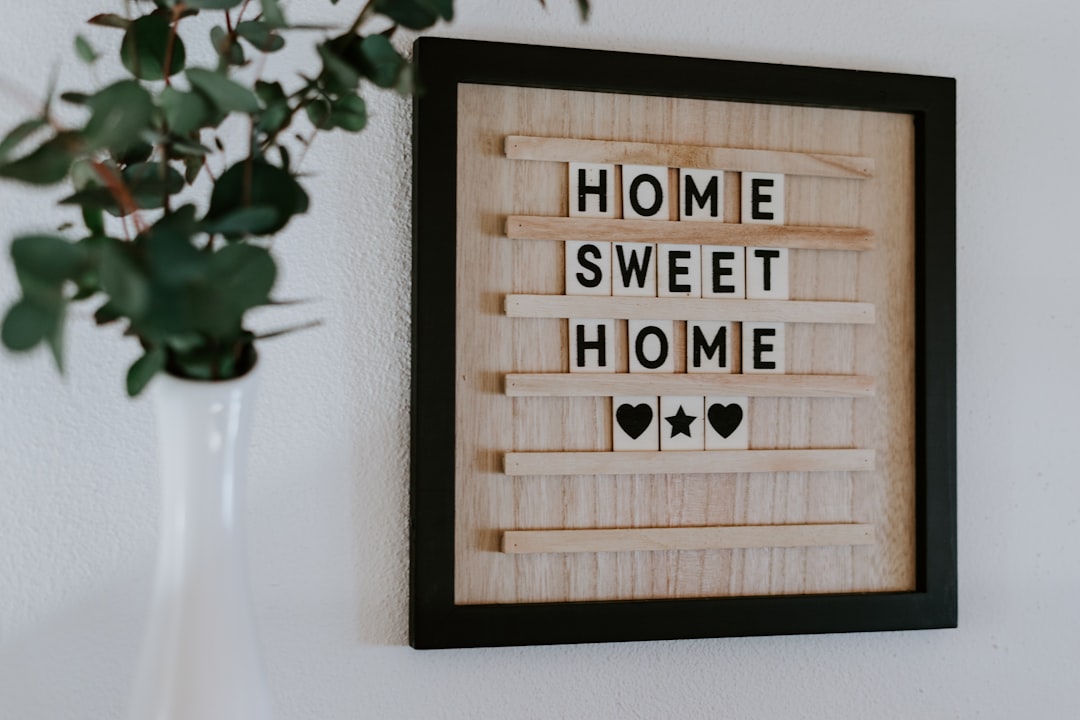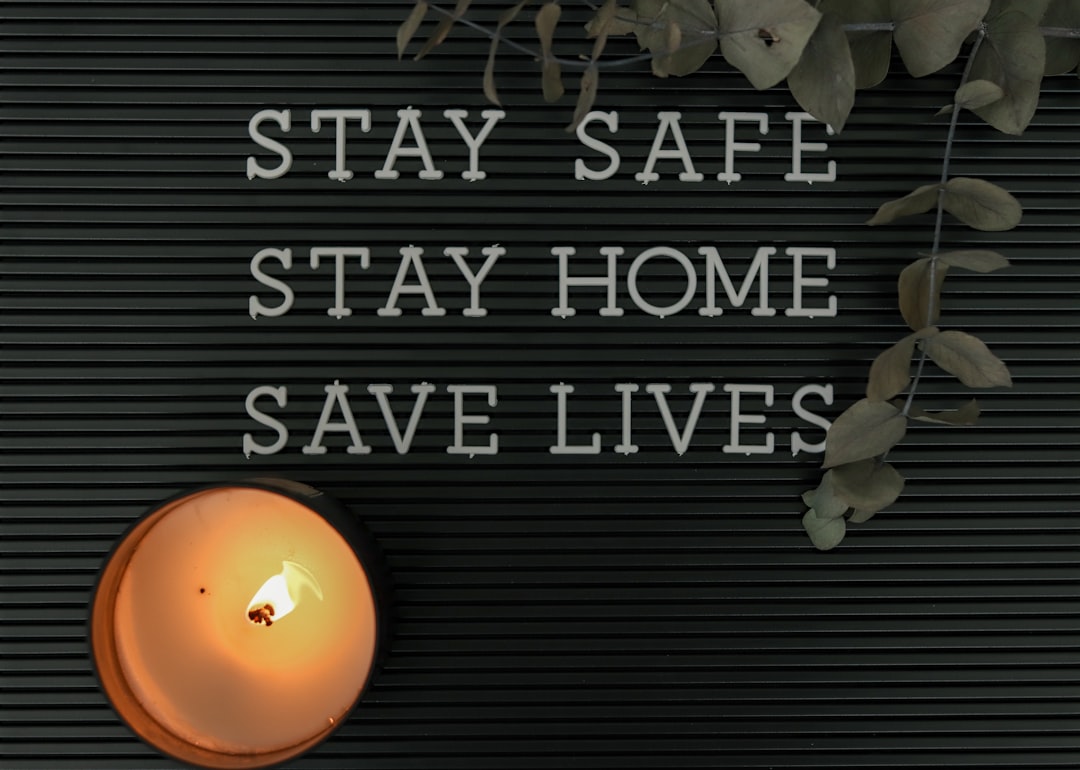

Engage prospects with a scan and streamline customer engagement with FREE QR code marketing tools by Sona – no strings attached!
Create a Free QR CodeFree consultation

No commitment

Engage prospects with a scan and streamline customer engagement with FREE QR code marketing tools by Sona – no strings attached!
Create a Free QR CodeFree consultation

No commitment

For many home care agencies, capturing timely and actionable client feedback is a core challenge. Outmoded processes such as printed surveys or manual follow-up calls frequently miss family members who may be unable or unwilling to respond immediately, causing critical signals about satisfaction or dissatisfaction to fall through the cracks. This lack of visibility slows issue resolution, erodes trust, and can even risk client churn when small issues go unaddressed.
Introducing QR codes at strategic points in the client journey such as on appointment cards, home visit brochures, or caregiver badges removes friction by directing users straight to digital survey platforms. This approach increases the likelihood of authentic, in-the-moment responses from clients and families, while also enriching agency databases with high-value prospect data that might otherwise remain anonymous. When paired with a platform like Sona QR, agencies gain the ability to route scans to the right destination, track performance, and update content without reprinting.
Modern visitor-tracking and CRM integrations now allow agencies to avoid missing valuable prospects who may interact without leaving their contact details. With every QR scan captured reliably, you gain fuller visibility into true demand and satisfaction trends, rather than depending on anecdotal notes or sporadic phone calls. This also helps you prioritize outreach when a concern is flagged, escalating unresolved issues to care coordinators in real time.
Equally important, QR-driven feedback programs help unify frontline and marketing teams. Caregivers can point families toward the QR-enabled survey during a handoff, while office staff monitor live dashboards that highlight response spikes or repeat themes. Over time, these consistent feedback loops reduce reliance on manual check-ins and create a measurable culture of continuous improvement.
One common frustration among home care marketers is losing potential leads or valuable feedback because there is a gap between in-person care and digital systems. When family members read printed materials, attend events, or receive appointment reminders, those interactions seldom translate into measurable engagement unless there is a frictionless way to take action. QR codes provide that onramp, turning passive moments into actionable ones and reducing the burden on already busy families.
QR codes help eliminate the headache of offline-to-online disconnect by offering instant mobile access to forms or resources, without requiring anyone to download a new app or remember a complicated web address. For older adults and caregivers, the simplicity of a scan is essential for maximizing participation. Dynamic QR codes add further flexibility: agencies can update destinations or special offers in real time, ensuring relevance as campaign needs evolve. With Sona QR, teams can manage all codes centrally, change targets on the fly, and see performance with a clean dashboard that reveals what is working.
This technology makes it possible to surface engagement signals from previously anonymous or hard-to-track touchpoints. Every scan becomes a new data point, bringing to light potential client or referrer intent that would otherwise remain invisible. This allows for prioritized follow-up, faster responses to emerging needs, and proactive outreach when a scan indicates curiosity but no form is submitted. The result is a more connected experience for families and a more predictable pipeline for your agency.

Despite industry advances, home care agencies often struggle to tie physical outreach to measurable results. Reliable QR code formats address these friction points by making every flyer, welcome packet, or event brochure a trackable interaction. The key is to match the format to the action you want families, clients, or referral partners to take.
When these formats are uniquely tagged per campaign or placement, they empower agencies to recover high-interest leads, tie engagement to specific materials, and concentrate resources where results are strongest. Sona QR supports all of these formats and helps you keep naming, tagging, and destinations consistent across teams.

Many agencies invest in print, event, and direct mail campaigns but lack systems for tracking who interacts. This leads to missed leads and undervalued channels. By layering QR codes into assets where families already engage, you create a measurable funnel that reveals what truly moves the needle.
These placements transform offline engagement into actionable signals. Families often prefer to explore quietly before talking to a representative. QR codes respect that preference while giving your team the insight needed to offer the right help at the right time. Over time, you will discover which placements produce the highest scan-to-feedback rates and double down there.

Painfully, high demo or inquiry interest is often squandered when there is no easy mechanism to pursue anyone who does not complete a contact form or explicit sign-up. QR code deployment helps agencies rescue these at-risk prospects by triggering ongoing campaigns or personalized retargeting based on scan data. The most effective use cases map directly to your core business goals and the natural rhythms of client interactions.
With CRM integrations, every QR scan can enrich audience profiles. That unlocks the ability to nurture, retarget, or escalate based on demonstrated interest. For example, a family that scans a “fall prevention” resource code can be tagged for safety-focused follow-up, while a scan on “live-in care” materials triggers a higher-priority callback from a specialist.
A persistent frustration for home care marketers is the inability to accurately segment and retarget audiences based on true intent. Much offline engagement remains invisible until a form is submitted. Modern QR analytics close the gap by letting you assign distinctive codes to each campaign or placement so every scan is rich with context. This context is what turns a scan into a signal.
Start by categorizing codes by journey stage. Awareness codes on community posters indicate early-stage research. Consideration codes on service brochures signal evaluation. Conversion codes on pricing sheets or callback forms indicate purchase readiness. With Sona QR, you can predefine these stages and push tagged scan data into your CRM or ad platforms for automated follow-up.
In home care specifically, it pays to differentiate among decision-makers. Segment families by relationship to the client, for example, adult daughters, spouses, or out-of-state relatives. Separate referral sources like hospital discharge planners, skilled nursing facilities, and community liaisons. Each cohort has different needs and communication preferences. Scans tied to those roles help your team deliver guidance that resonates and convert interest into action.
Many agencies underestimate the impact of connecting physical and digital marketing, which means leaving attribution and optimization opportunities on the table. QR codes bridge that gap by making every touchpoint measurable, from brochures and appointment cards to posters and event collateral. When QR activity flows into a centralized analytics stack such as Sona QR and Sona.com, you can compare scan-to-conversion rates across channels and make budget decisions with confidence.
QR codes serve as the offline onramp to your digital engine. They also unlock a new layer of data collection across channels that were once difficult to measure. With a platform like Sona QR, you can manage all codes, monitor performance, and sync scan data to your CRM and ad platforms so that scans trigger emails, SMS follow-ups, and audience updates automatically.
Many agencies stumble when great materials fail to yield measurable results. The culprit is often an unclear follow-through plan or a lack of tracking. A proven campaign process pairs strong creative with disciplined analytics, ensuring every scan not only captures intent but contributes to continuous improvement. Use this checklist to launch with clarity and confidence.
Consistently reviewing campaign analytics and survey completion rates helps you spot missed engagement opportunities and rapidly course-correct. Instead of waiting months for loosely correlated metrics, you will iterate weekly using real-world signals from families and referral partners.
Start with a single, high-impact objective. For feedback programs, aim to shorten the time between visit and survey submission. For growth, consider referral generation or assessment bookings at community events. Align the QR code’s purpose with a clear business outcome and a measurable KPI, for example, survey completion rate, booked assessments, or referral submissions.
Choose the code type that supports your goals and tracking needs. Static codes are fine for fixed destinations like a brochure PDF. Dynamic codes are recommended for most campaigns because they provide analytics, retargeting options, and the ability to update destinations without reprinting.
Design for scannability and clarity. Use a high-contrast color scheme, a quiet zone around the code, and a minimum size of 0.8 to 1.2 inches for handheld materials and larger for posters. Add a benefit-driven call to action, for example, “Scan to share feedback in 60 seconds.” Include your logo subtly to build trust without compromising scan performance.
Place codes where they intersect with the right audience, at the right moment. In home care, that often means appointment materials, care folders, caregiver uniforms, and community events. Use clear placement rules to ensure consistency, for example, top-right on brochures, back page of leave-behinds, and chest-level on badges.
Use tools such as Sona QR to track scans by time, location, device, and campaign. Monitor conversions and drop-offs to understand where you are losing people. A/B test CTAs, landing page copy, and page length. Use insights to refine next month’s print runs and redeploy codes to higher-performing placements.
One of the biggest obstacles agencies face is proving the value of physical marketing efforts, since it is often difficult to tie a scanned brochure to actual revenue outcomes. Advanced QR tracking and CRM integrations enable agencies to attribute every scan, feedback submission, and form fill to a specific campaign or touchpoint, finally connecting real-world engagement to booked assessments and ongoing care revenue.
The most important shift is moving from “counting scans” to understanding how scans influence the buyer and client journey. A scan from a senior center poster might lead to a resource download today and a consultation request two weeks later. With Sona QR and Sona.com, you can unify these moments, build multi-touch attribution models, and see which placements contribute to conversions and renewals.
When you can show that a set of clinic posters generated 120 scans, 30 callbacks, 12 assessments, and 6 new cases, the conversation shifts from “We hope this worked” to “Here is what worked and why.” That clarity makes budget planning and partner negotiations far more productive.
Experience shows that great feedback and referral interest often go uncaptured because the right audience is not prompted at the right moment. You can avoid this trap by distinguishing campaigns with unique dynamic QR codes per use case, for example, post-visit feedback, care upgrades, or new inquiries. Each scan then tells a story about what is resonating and where follow-up is needed.
Prioritize tips that match the physical media most common in home care and that drive a clear next step. A thoughtful rollout that emphasizes education and empathy will boost participation, especially for families unfamiliar with QR codes.
You can start creating QR codes for free with Sona QR. Once live, use Sona.com for attribution and identity resolution so you can connect scans to pipeline, renewals, and lifetime value.

In practice, agencies that once missed high-value leads now track and retarget every demonstration of interest, whether it is a scan at a senior fair, a post-visit survey completion, or a referral submission from a care coordinator. Consider an agency in the Midwest that reported a 40 percent surge in response rates after moving to QR-linked feedback, thanks to simpler forms and visible calls to action on appointment cards. Another agency used QR-equipped brochures at community expos to convert casual interest into booked assessments within 72 hours.
The most successful campaigns respect the home setting and the emotional weight of care decisions. QR codes that reduce friction and provide real value perform best. Always test creative with a small group of families or client advocates, then refine your copy and calls to action before scaling.
Common pitfalls stem from untested placements, vague calls to action, or overwhelming families with too many touchpoints. The result is missed participation from those most likely to offer constructive feedback. A disciplined approach to design, deployment, and training will avoid these issues and accelerate results.
Start with a few high-ROI use cases, measure rigorously, and expand steadily. Bring your field teams into the process early. When caregivers and schedulers see how QR-driven feedback improves their day-to-day work, they become champions who increase adoption and follow-through.
Industry insights from agencies that moved to digital feedback collection show meaningful improvements. Shortening the feedback loop reduces issue resolution times, which often drives measurable gains in family satisfaction and retention. QR codes represent a turning point for home care agencies eager to modernize how they capture and act on client engagement.
By converting every handout, appointment card, or service encounter into a two-way digital interaction, agencies avoid losing high-intent prospects who would otherwise remain anonymous and ensure that meaningful feedback never goes unheard. This approach gives care teams and marketers the rare ability to trace every campaign’s path from offline awareness through to online engagement and tangible revenue outcomes. With robust tracking, analytics, and workflow integrations through Sona QR and Sona.com, QR-driven strategies turn day-to-day interactions into continuous opportunities for lead capture, process improvement, and superior client experiences, empowering agencies to thrive in a data-driven era of senior care.
QR codes have transformed home care agencies from traditional feedback collection into dynamic, real-time engagement tools. By simplifying how clients and their families share their experiences, QR codes enable agencies to gather actionable insights that improve service quality, boost satisfaction, and foster stronger relationships. Imagine instantly capturing honest feedback that directly informs care improvements and helps you stand out in a competitive market.
With Sona QR, you can create dynamic, trackable QR codes tailored for feedback campaigns that update seamlessly without reprinting. Each scan delivers valuable data that connects client insights to operational improvements and business growth. No more guesswork—just clear, measurable feedback driving better care and deeper trust.
Start for free with Sona QR today and turn every scan into a meaningful step toward exceptional client experiences and lasting success.
QR codes streamline feedback collection and resource access by providing seniors and families an easy, immediate way to share experiences, request assessments, and access educational materials, improving communication and service responsiveness.
QR codes bridge offline and online engagement, increase feedback rates, enable trackable interactions, reduce manual follow-up, provide dynamic content updates, and help home care agencies capture high-value leads efficiently.
QR codes offer a frictionless, mobile-friendly way for families to provide timely feedback, request callbacks, access resources, and recognize caregivers, fostering transparent and continuous communication throughout the care journey.
Agencies can place QR codes on caregiver badges for recognition, appointment cards for feedback surveys, posters at senior centers for resource downloads, direct mail for localized follow-up, and event signage for assessment bookings.
By embedding dynamic QR codes in marketing materials, direct mail, and community events that link to booking forms, referral requests, and educational content, agencies can track engagement, nurture prospects, and convert interest into consultations.
Use Sona QR's trackable codes to improve customer acquisition and engagement today.
Create Your FREE Trackable QR Code in SecondsJoin results-focused teams combining Sona Platform automation with advanced Google Ads strategies to scale lead generation

Connect your existing CRM

Free Account Enrichment

No setup fees
No commitment required

Free consultation

Get a custom Google Ads roadmap for your business






Launch campaigns that generate qualified leads in 30 days or less.
